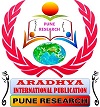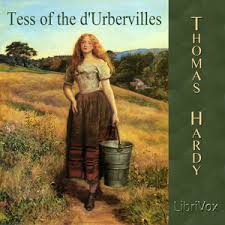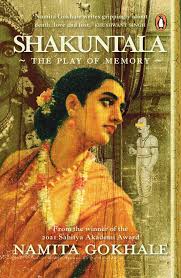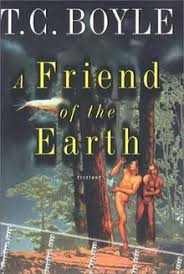AUTHOR’S PERSONALITY AND ENVIRONMENT, AND HIS FICTIONAL WORLD
ABSTRACT
Every creative piece of literary art, when
studied closely, would exhibit certain incident, passions, characters or
motives, that certainly reveal the way in which the author looks upon the
world. Furthermore, as he stumbles over that very task of justifiable character-creation,
he, knowingly or unknowingly, imparts it his certain own personality traits. Fictional
characters of a creative piece of work, though not the exact replica of living
persons, do possess a good kinship with them. A creative writer, as goes
without saying, would choose and develop only those traits of a persona that
strike him, and, are duly useful to carry on his business in that fictive world. That means, real people do enter the
novelist’s imagination wherein they get completely fused before coming out as the
desired individuals. The novelist’s own-self thus serve to be a great source
for his art of character-creation as he plausibly places himself in other
people, sees with their eyes, and, thinks with their minds. Furthermore, in
order to speak of the society, he dwells in, he has to astutely choose those
very persona, and, enliven them appropriately to take on those very challenges.
And, in the very process, he is naturally bound to leave certain indelible
marks of the ambience; and, his own personality as well. Not only that, in
order to be a true representative of the very culture, or, a facet of it, a
writer need to be well-versed with it; doesn’t matter if he has to genuinely
work upon its literature in order to absorb, assimilate, and comprehend its
intricacies. The author’s own viewpoint of life and its problems, would thus
find a natural place in his creative works, for, without having substantially
imparted his own personality traits, he can’t justifiably create a ‘living
character’. Through this research paper, I have tried to critically evaluate
the impact of author’s environment and personality upon his creative works with
specific reference to Githa Hariharan’s fictional world.
Key Words: Personality. characterization, traits, literary art, view point.








